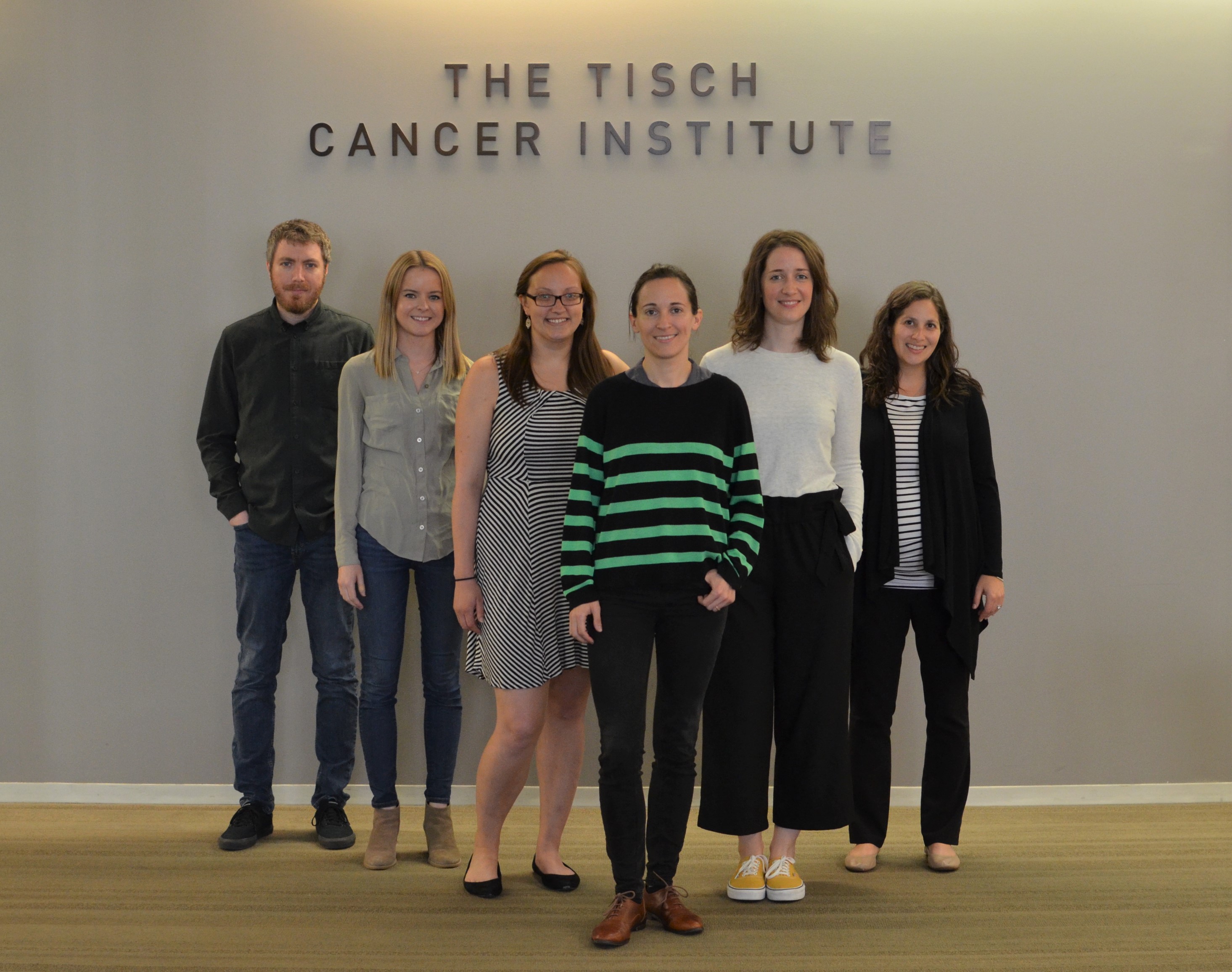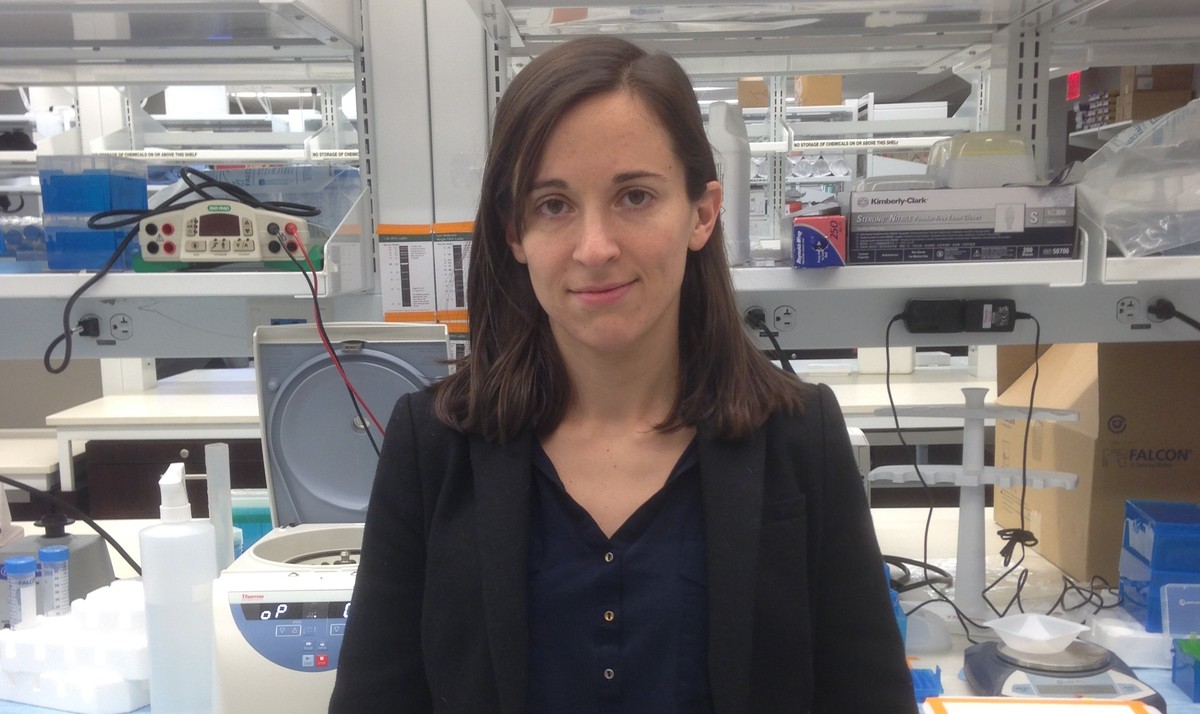Create a mouse model to investigate immunotherapy in liver cancer
2019/06/11 Galarraga Aiestaran, Ana - Elhuyar Zientzia Iturria: Elhuyar aldizkaria

For the first time they have clarified why immunotherapy is not effective in some liver cancers and have created a mouse model to test effective treatments. The research has been led by Navarre researchers Marina Ruiz de Galarreta Martínez and Amaia Lujanbio Goizueta from the Lujambio laboratory (School of Medicine Icahn of Mount Sinaiko, New York).
The researchers have explained that liver cancer is the sixth most frequent and the fourth most lethal, since there is no effective treatment. In other difficult cancers, immunotherapy is giving very good results, such as lung cancer and melanoma. Immunotherapy consists of activating the immune system to destroy tumor cells.
Liver cancer is also experiencing major advances in this field. For example, in hepatocellular carcinoma (the most common among hepatic cancers), tumor cells create a protective layer that prevents immunotherapy. Therefore, the immunotherapy treatment is based on the removal of this layer.
However, in some cases this is not enough. Researchers have shown that the activation of the beta-catenin protein gene (CTNNB1 gene) produces resistance to immunotherapy even to the removal of the protective layer. Hence, it follows that in patients in whom immunotherapy is not effective, perhaps this gene has a mutation.
For their best analysis and development of substitute treatments, they have created a mouse model using the CRISPR-Cas 9 technique. The study has been published in the journal Cancer Discovery.

Gai honi buruzko eduki gehiago
Elhuyarrek garatutako teknologia




